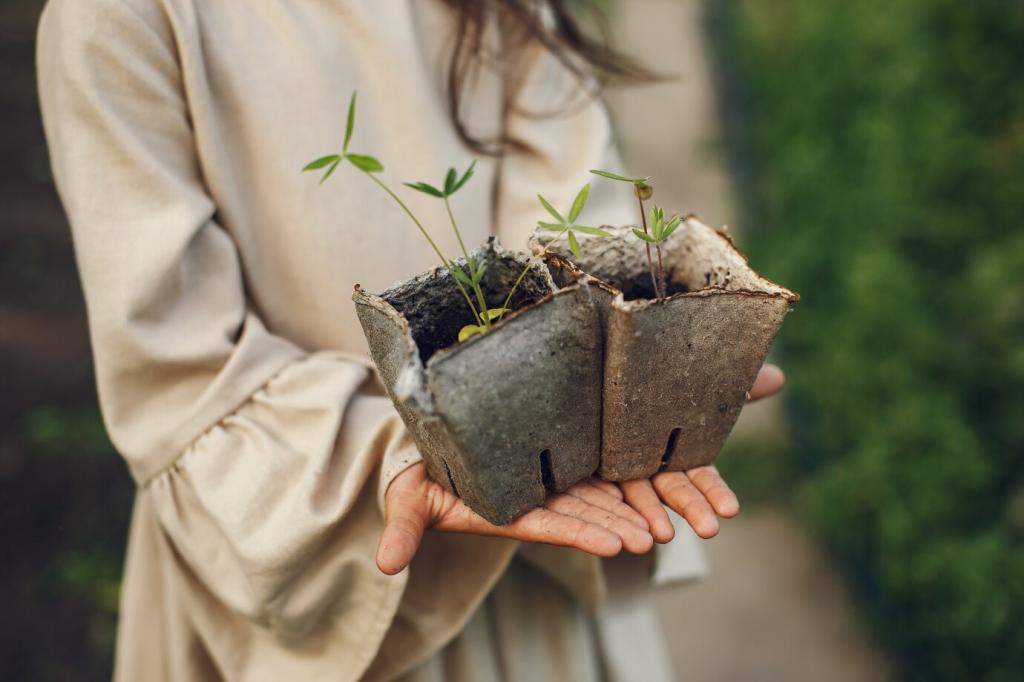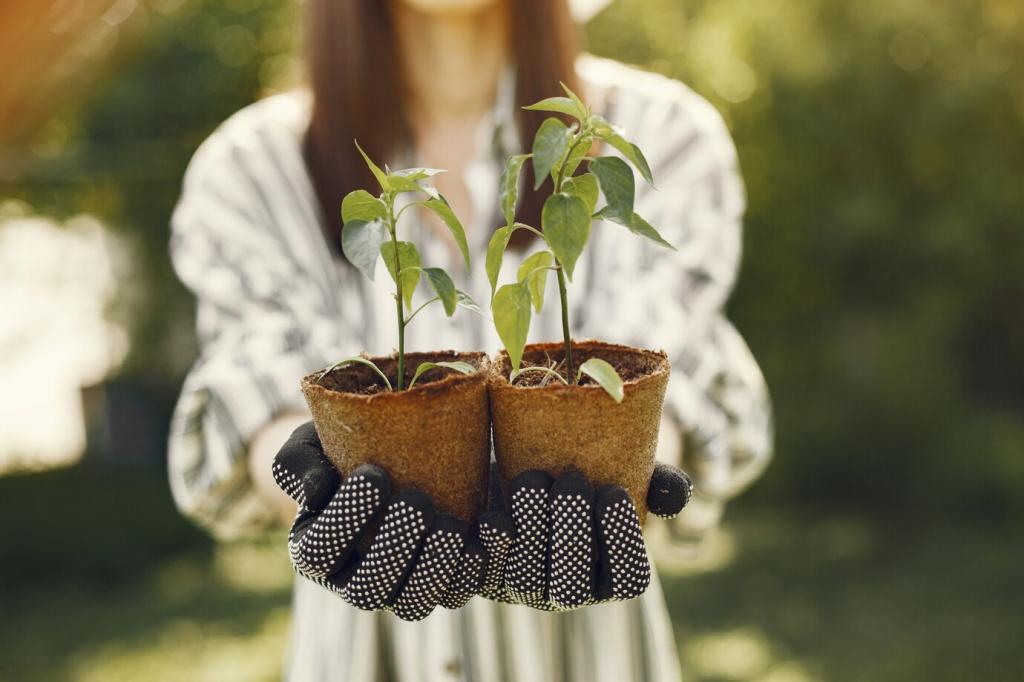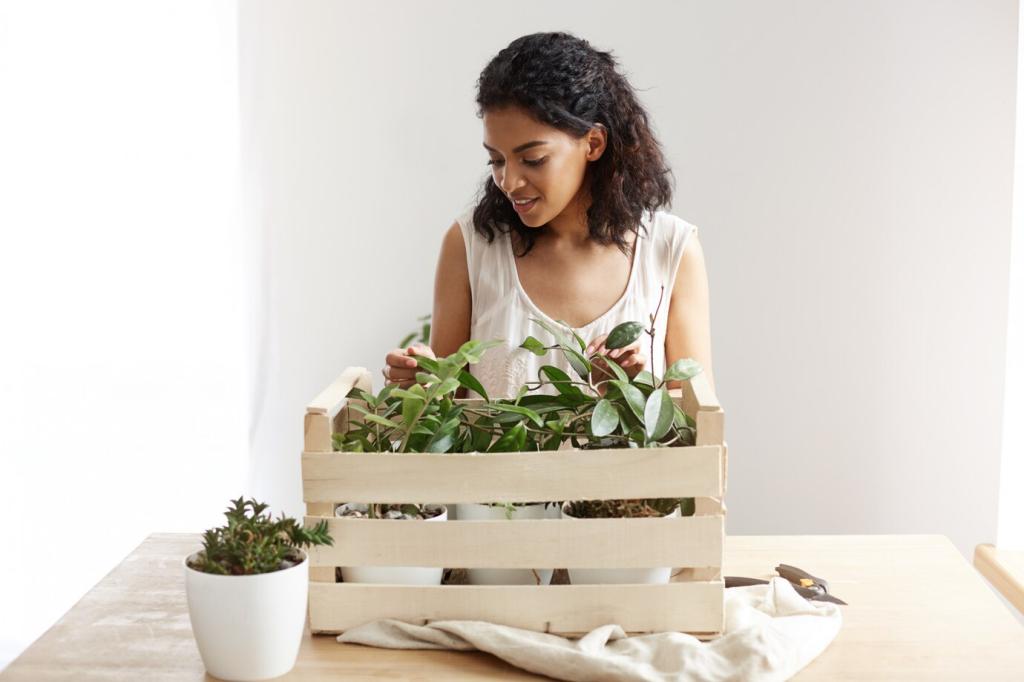Keeping Water Clean, Clear, and Wild-Friendly
Build a planted bog filter: water wicks through gravel and roots, stripping nutrients that fuel algae. Pair with submerged oxygenators and a third-shade canopy. Skip algaecides; they harm larvae and invertebrates. Have a bog? Share your plant mix and flow rate.
Keeping Water Clean, Clear, and Wild-Friendly
Skim leaves before decay spikes nutrients, thin plants seasonally, and vacuum sediment lightly in sections to preserve microbes. Top off with rainwater, not chlorinated tap. Create a simple monthly checklist and tell us which tasks made the biggest difference.







